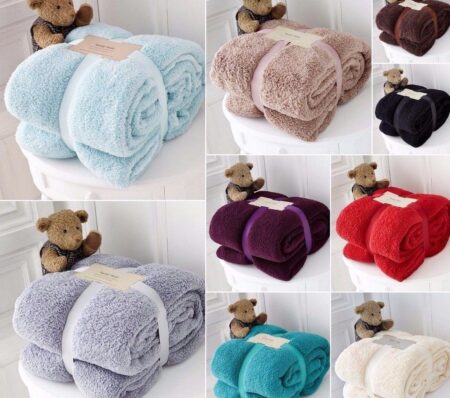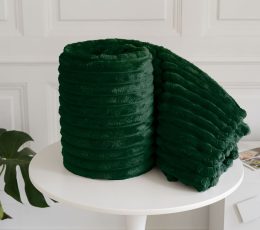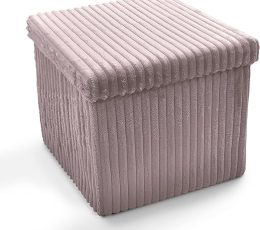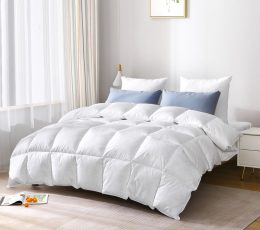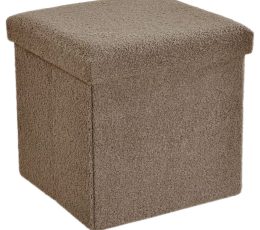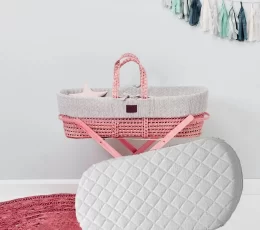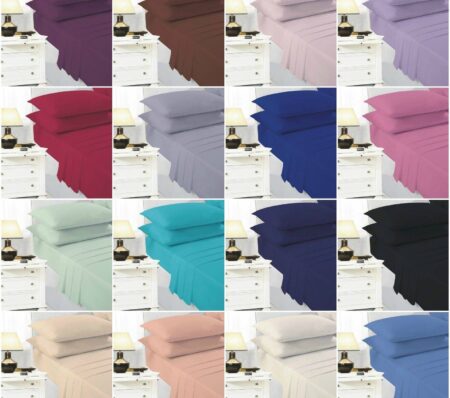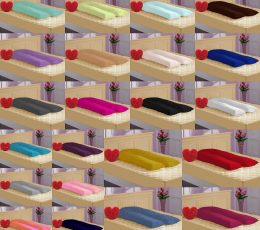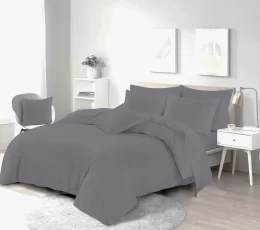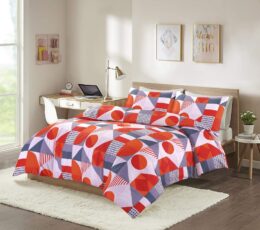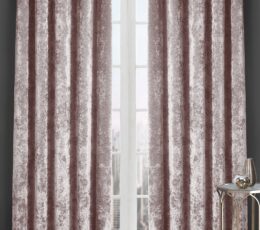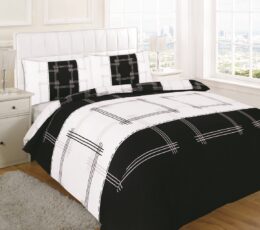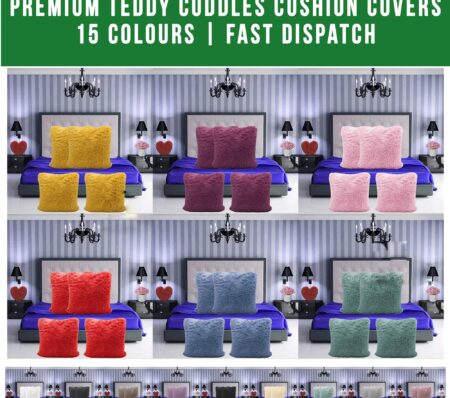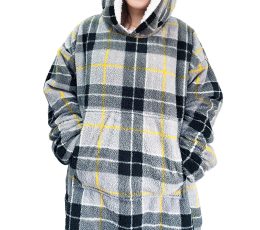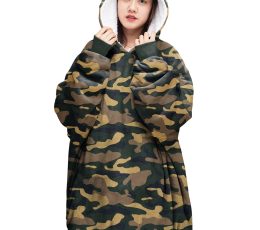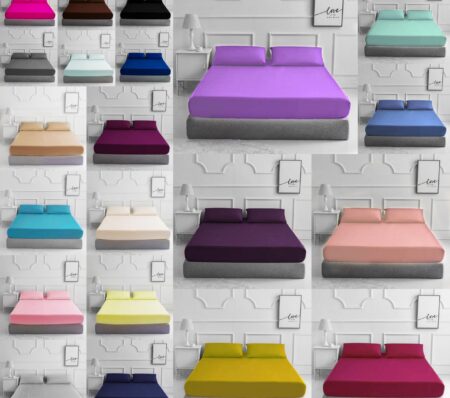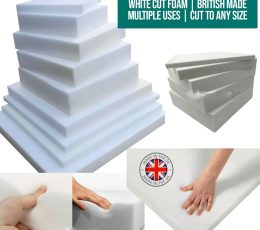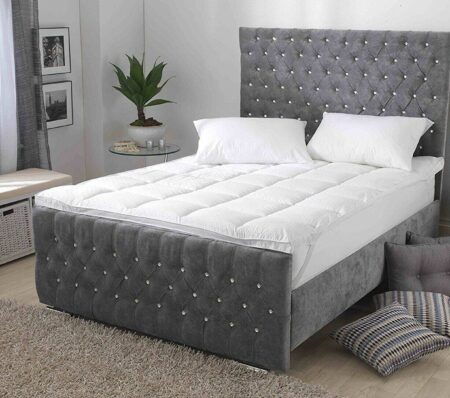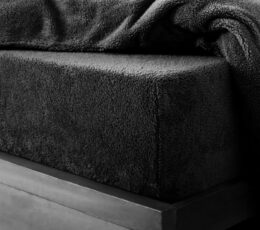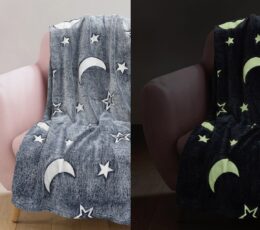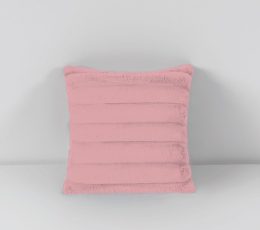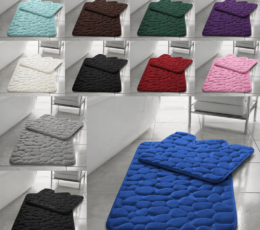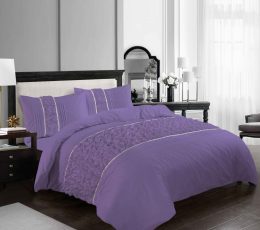Pillowcases are an essential component of bedding that not only protects pillows but also contributes to the overall aesthetic of a bedroom. They come in various designs, materials, and sizes to cater to different preferences and needs. Understanding the different types of pillow cases can help you choose the best option for your bedding ensemble. In this article, we will delve into the world of pillow case, exploring their purpose, designs, and materials.

What is a pillow case?
A pillowcase is a removable cover designed to encase a pillow. Its primary function is to protect the pillow from dust, stains, and oils produced by the body during sleep. Additionally, pillowcases serve as a decorative element, enhancing the visual appeal of a bed. They are available in different sizes to accommodate various pillow dimensions, including standard, queen, and king. Whenever you are looking to buy the new cover or case for your pillow, makes sure that the pillow cases comes under the guidelines of pillowcase guide.
Types of Pillow Cases by Design
Pillowcases, though seemingly simple, play a significant role in both the functionality and aesthetics of our bedding. While many of us might think of pillowcases as mere covers for pillows, the truth is that they come in a plethora of designs, each serving a distinct purpose and contributing to the overall look of our beds. Choosing the case for pillow requires to cover every bit of details from skin health to hair for choosing the perfect pillow protector.
Oxford Pillowcases
The Oxford pillow cases is a classic design that features a wide stitched border around the edges, typically measuring about 5 centimetres (2 inches) in width. This border, often referred to as a flange, adds a decorative touch to the pillowcase, giving it a refined and elegant appearance. The Oxford pillowcase is versatile and can complement a wide range of bedding styles, from traditional to modern. It is available in various materials, including cotton, linen, and silk, catering to different preferences and needs.
Envelope Pillow cases
The envelope-closure pillowcase is known for its practicality and simplicity. Unlike traditional pillowcases that feature zippers or buttons, the envelope closure design has overlapping flaps on one side that securely encase the pillow. This closure method ensures that the pillow stays in place throughout the night, preventing it from slipping out or becoming dislodged. Envelope-closure pillowcases are easy to use and maintain, making them a popular choice for everyday bedding.
Zippered Pillow cases
Zippered pillowcases offer a secure and snug fit for pillows, thanks to their zipper closure along one side or edge. This closure mechanism allows for easy insertion and removal of the pillow while ensuring that it remains securely encased at all times. Zippered pillowcases are ideal for those who prefer a sleek and seamless look, as the zipper is hidden from view. Additionally, they provide added protection against dust, dirt, and allergens, making them a practical choice for individuals with allergies or respiratory issues.
Decorative Pillow cases
Decorative pillowcases are designed to add flair and personality to your bedding ensemble. They come in a wide range of designs, patterns, and textures, allowing you to express your style and creativity. Decorative pillowcases may feature intricate embroidery, bold prints, or embellishments such as sequins or beads. They can be mixed and matched with other bedding elements to create visually stunning arrangements that reflect your unique taste and aesthetic preferences.
Ruffled Pillow cases
Ruffled pillow cases are characterised by their charming and feminine appearance, featuring delicate ruffles along the edges or corners. These ruffles add texture and dimension to the pillowcase, creating a soft and romantic look. Ruffled pillowcases are often made from lightweight and breathable fabrics such as cotton or linen, making them perfect for warm weather or those who prefer a light and airy feel.
Flannel Pillow cases
Flannel pillowcases are crafted from soft and cosy flannel fabric, which is known for its warmth and comfort. These pillowcases are ideal for cold winter nights, providing an extra layer of insulation to keep you snug and comfortable. Flannel pillowcases come in a variety of colours and patterns, ranging from classic plaids to whimsical prints, allowing you to coordinate them with your existing bedding or mix and match for a playful look.
Satin Pillow cases
Satin pillowcases are luxurious and indulgent, offering a smooth and silky surface that feels gentle against the skin. These pillowcases are prized for their ability to reduce friction and minimise hair breakage, making them a popular choice for those concerned about hair health and beauty. Satin pillowcases also help maintain moisture levels in the skin, preventing dryness and wrinkles. They are available in a range of colours and finishes, from subtle matte to lustrous sheen, allowing you to create a glamorous and sophisticated bedroom retreat.
Bamboo Pillow cases
Bamboo pillowcases are made from bamboo-derived fabrics known for their softness, breathability, and eco-friendly properties. These pillowcases are hypoallergenic and antimicrobial, making them an excellent choice for individuals with sensitive skin or allergies. Bamboo pillowcases are also highly absorbent, wicking away moisture to keep you cool and comfortable throughout the night. They come in a variety of natural hues and subtle textures, adding a touch of organic elegance to your bedding.

Types of Pillowcases by Material
- Cotton Pillow cases: Cotton is one of the most popular materials for pillowcases due to its softness, breathability, and durability. Cotton pillow cases are available in different thread counts, ranging from basic to luxurious, offering varying levels of smoothness and durability. Egyptian cotton and Supima cotton are known for their superior quality and long fibres, resulting in exceptionally soft and luxurious pillowcases. Cotton pillowcases are easy to care for and suitable for year-round use.
- Linen Pillow cases: Linen pillowcases are made from natural flax fibres known for their breathability, moisture-wicking properties, and durability. Linen has a slightly textured surface that adds a rustic charm to bedding while providing a cool and comfortable sleep experience. Linen pillowcases are ideal for hot climates or those who prefer a lightweight and breathable option. They become softer and more supple with each wash, making them a long-lasting investment.
- Silk Pillow cases: Silk pillowcases are luxurious and indulgent, offering a smooth and silky surface that feels gentle against the skin. Silk is hypoallergenic and naturally temperature-regulating, keeping you cool in summer and warm in winter. Silk pillowcases reduce friction and minimise hair breakage, making them beneficial for hair health and beauty. They also help maintain moisture levels in the skin, preventing dryness and wrinkles. While silk pillowcases require delicate care, their luxurious feel and beauty make them worth the investment.
- Satin Pillow cases: Satin pillowcases are made from synthetic fabrics such as polyester or nylon, woven to mimic the smoothness and sheen of silk. Satin pillowcases offer similar benefits to silk, including reduced friction, minimised hair breakage, and improved skin hydration. They are more affordable and easier to care for than silk, making them a practical alternative for those on a budget. There is always a competition about which is better choice silk vs satin pillowcase.

Is a Pillowcase Necessary?
While some may argue that a pillowcase is an optional accessory, it is highly recommended for maintaining the cleanliness and longevity of your pillows. Pillowcases act as a protective barrier against sweat, oils, dirt, and dust, preventing these substances from penetrating the pillow fill and causing odour or discoloration. Additionally, pillowcases make it easier to keep pillows clean, as they can be easily removed and laundered. Without a pillowcase, pillows are more susceptible to stains, allergens, and wear, which can impact their comfort and hygiene over time.
FAQs
What are the different types of pillows available?
There are several types of pillows available, including standard pillows, contour pillows, body pillows, wedge pillows, and specialty pillows such as memory foam, latex, and feather pillows.
What is the difference between a standard pillow and a contour pillow?
Standard pillows are rectangular in shape and provide general support for the head and neck. Contour pillows have a unique shape designed to support the natural curvature of the neck and spine, providing targeted support for individuals with neck pain or alignment issues.
What is a body pillow, and who should use it?
A body pillow is a long, cylindrical pillow designed to provide support and comfort for the entire body. It is often used by pregnant women for added support during sleep, individuals with chronic pain or discomfort, or anyone looking for extra cushioning while sleeping.
What is a wedge pillow used for?
A wedge pillow is a triangular-shaped pillow that is used to elevate the upper body while sleeping. It can help alleviate symptoms of acid reflux, snoring, sleep apnea, and respiratory issues by promoting better breathing and reducing pressure on the airways.
What are specialty pillows, and how do they differ from standard pillows?
Specialty pillows, such as memory foam, latex, and feather pillows, are made from unique materials that offer specific benefits. Memory foam pillows contour to the shape of your head and neck, providing customised support and pressure relief. Latex pillows are hypoallergenic and offer a bouncy yet supportive feel. Feather pillows are soft and fluffy, offering a luxurious sleeping experience.
What is the best type of pillow for neck pain?
The best type of pillow for neck pain varies depending on individual preferences and needs. However, contour pillows are often recommended for individuals with neck pain as they provide targeted support and alignment for the neck and spine.
How do I choose the right pillow for me?
When choosing a pillow, consider factors such as your preferred sleeping position, any existing health conditions or discomforts, and the level of support and firmness you prefer. It’s also essential to consider the pillow’s material, breathability, and hypoallergenic properties.
Are memory foam pillows suitable for all sleeping positions?
Memory foam pillows are versatile and can accommodate various sleeping positions, including side, back, and stomach sleeping. However, some individuals may find them too firm or dense for their liking, so it’s essential to test out different pillows to find the right fit for your needs.
Can I wash specialty pillows like memory foam or latex?
Memory foam and latex pillows are not typically machine washable due to their unique materials. Instead, spot cleaning with a mild detergent and water is recommended. Feather pillows, on the other hand, can be washed in a gentle cycle with mild detergent and dried thoroughly to maintain their loft and shape.
How often should I replace my pillow?
Pillows should be replaced every 1-2 years, depending on their condition and the quality of the materials used. Over time, pillows can accumulate dust mites, allergens, and bacteria, which can affect sleep quality and hygiene. If your pillow no longer provides adequate support or shows signs of wear and tear, it’s time to invest in a new one.
Pillowcases come in a variety of designs, materials, and sizes to suit different preferences and needs. Whether you prefer a standard pillowcase for everyday use or a decorative silk pillowcase for a touch of luxury, there is a wide range of options available to choose from. By understanding the different types of pillow cases and their features, you can select the best option to enhance the comfort and style of your bedding ensemble.


